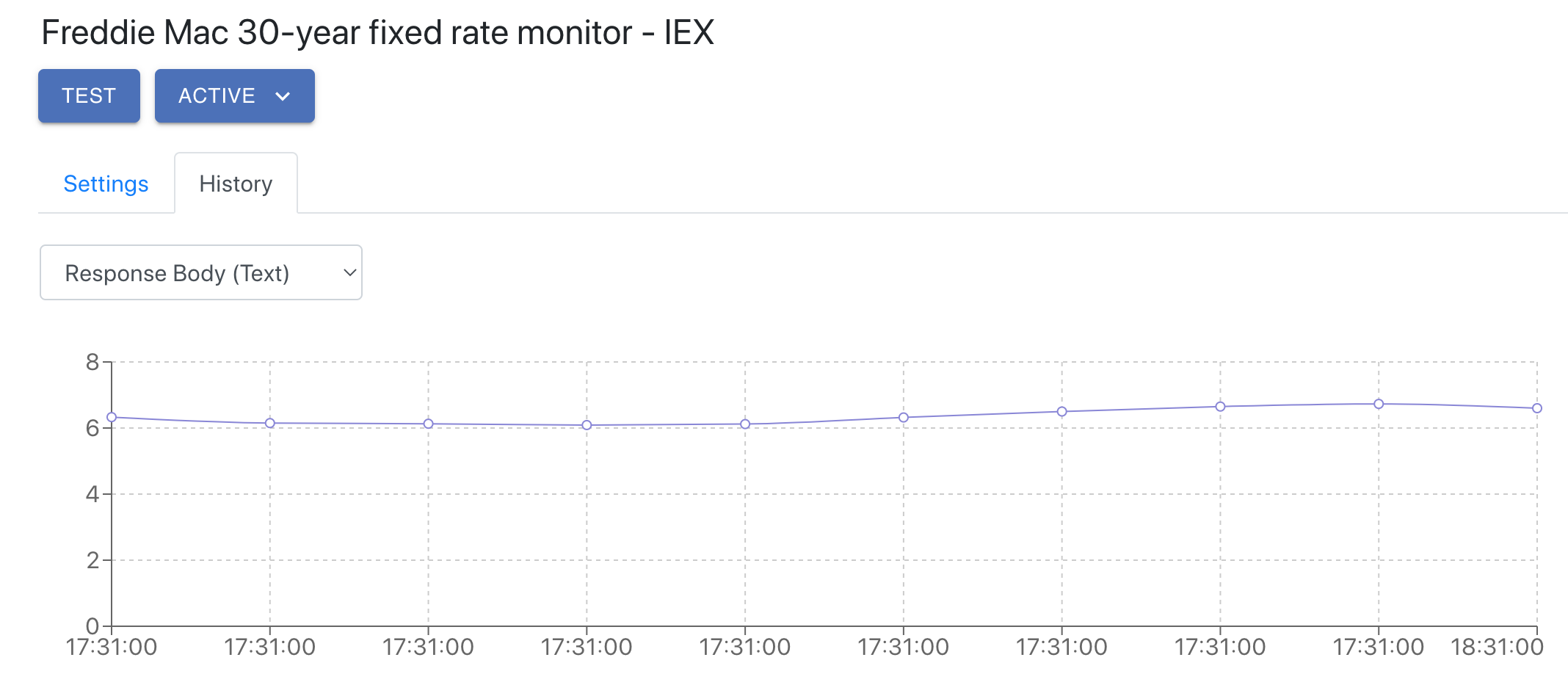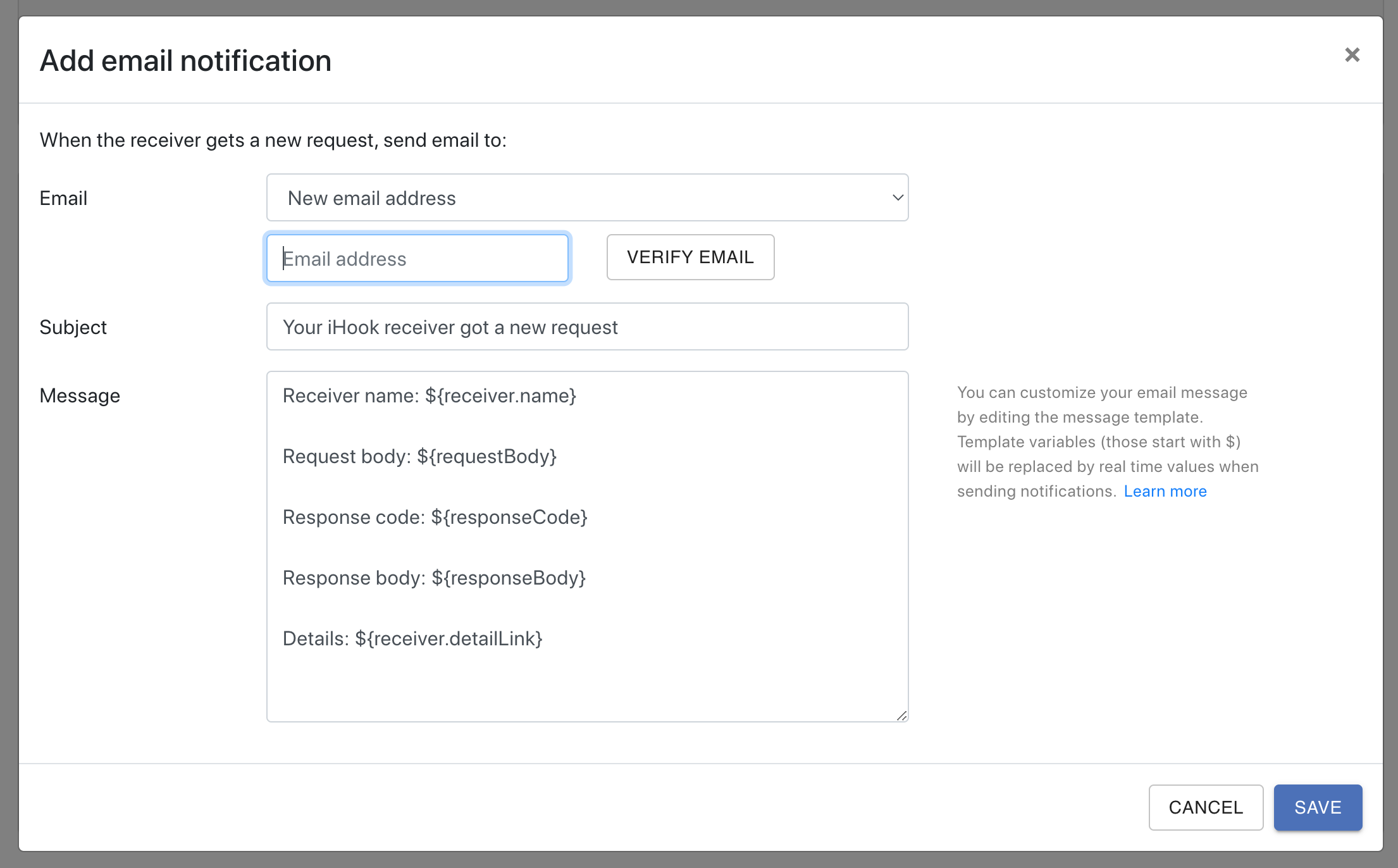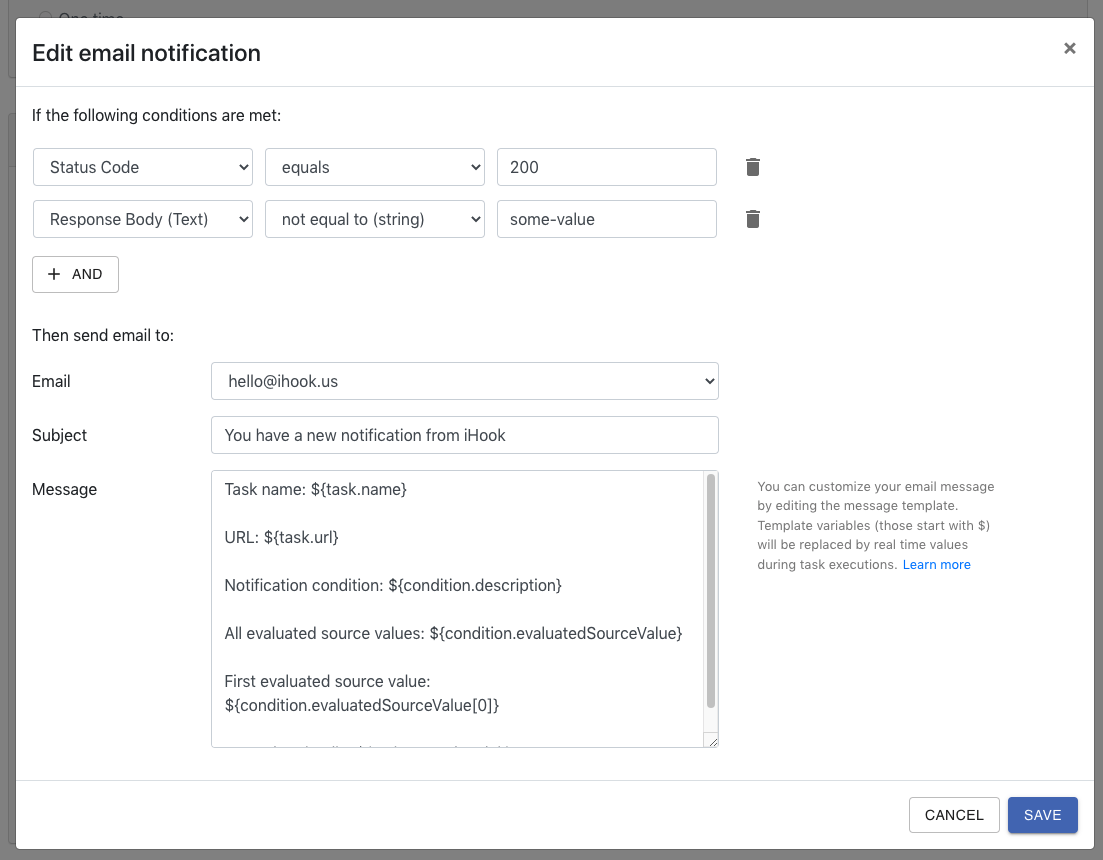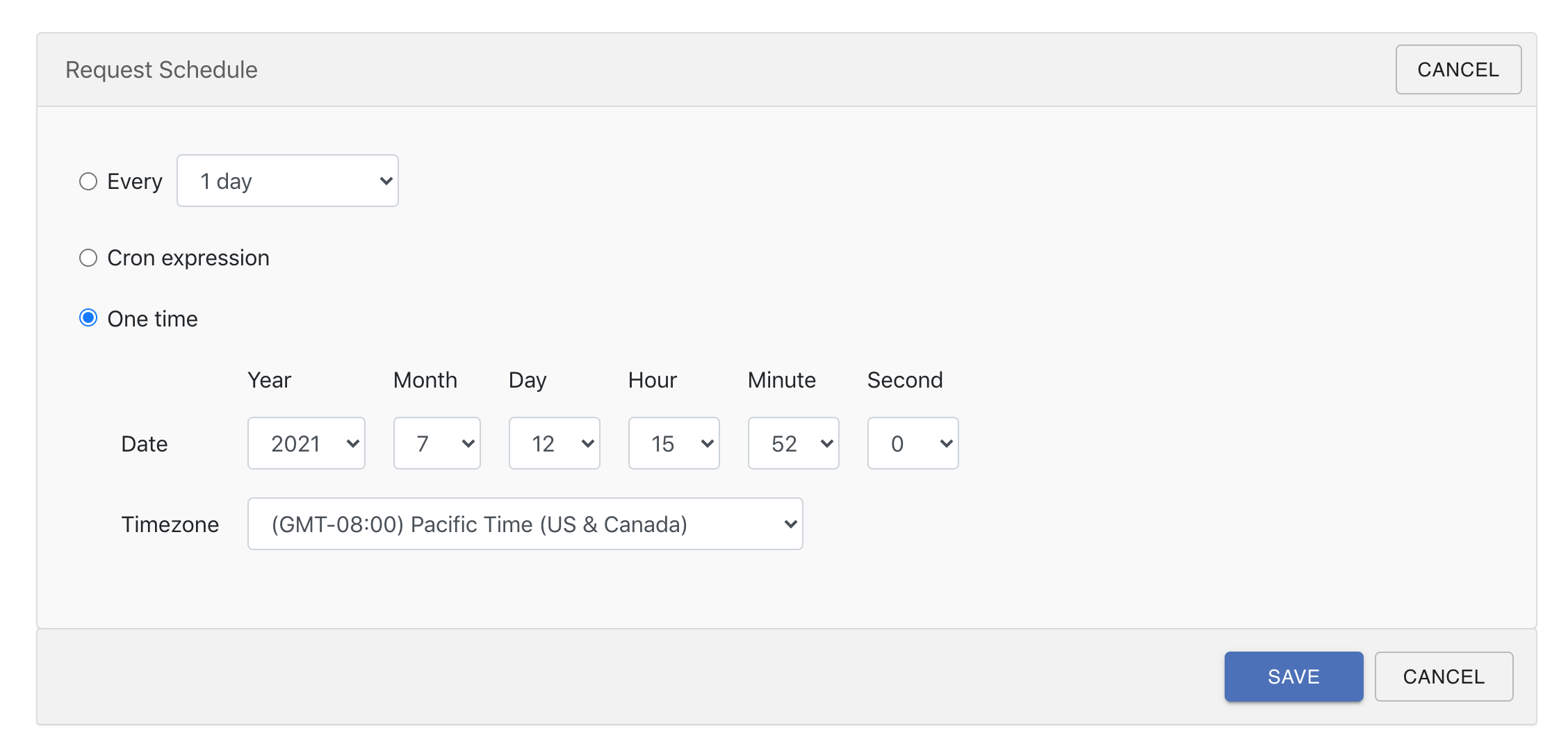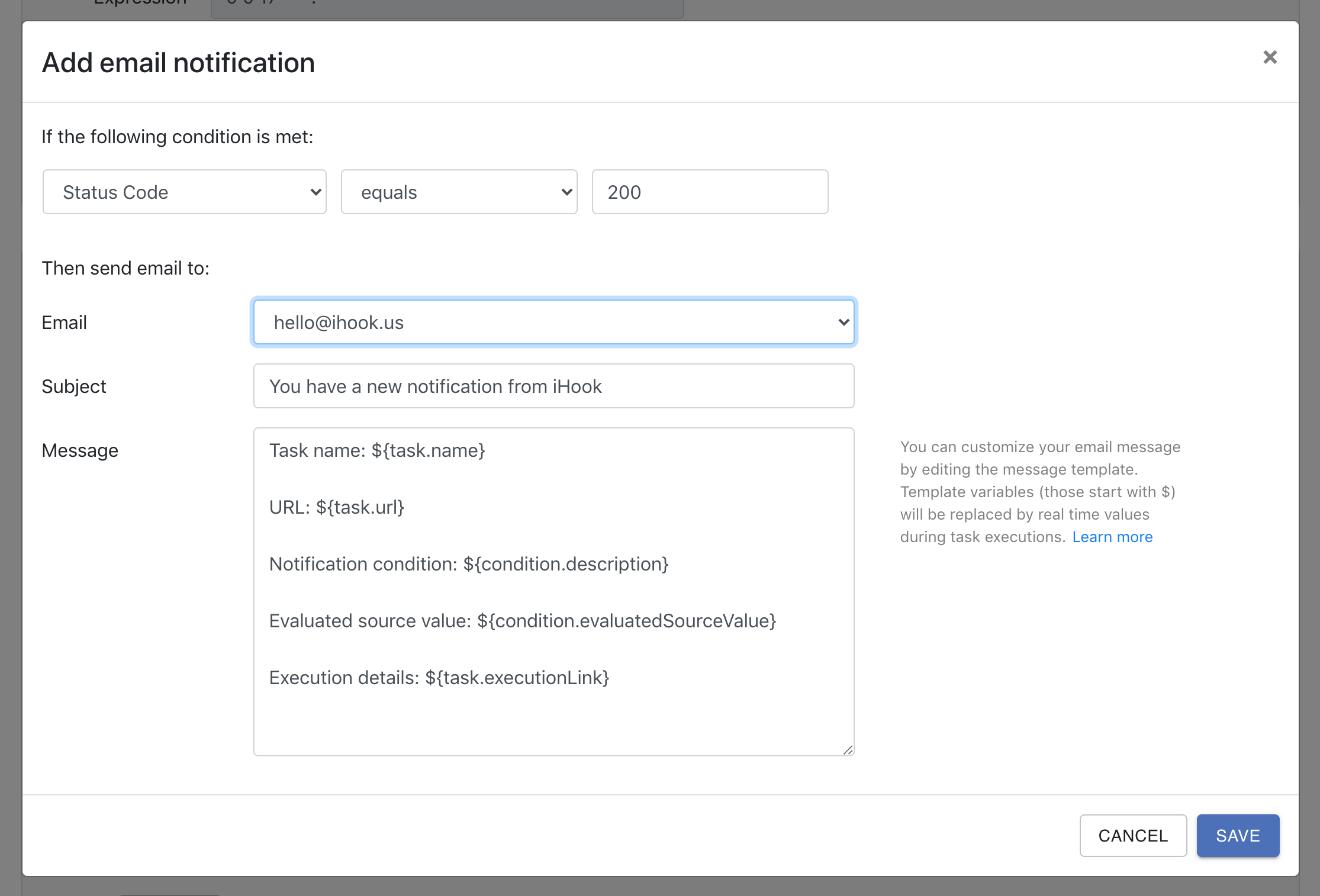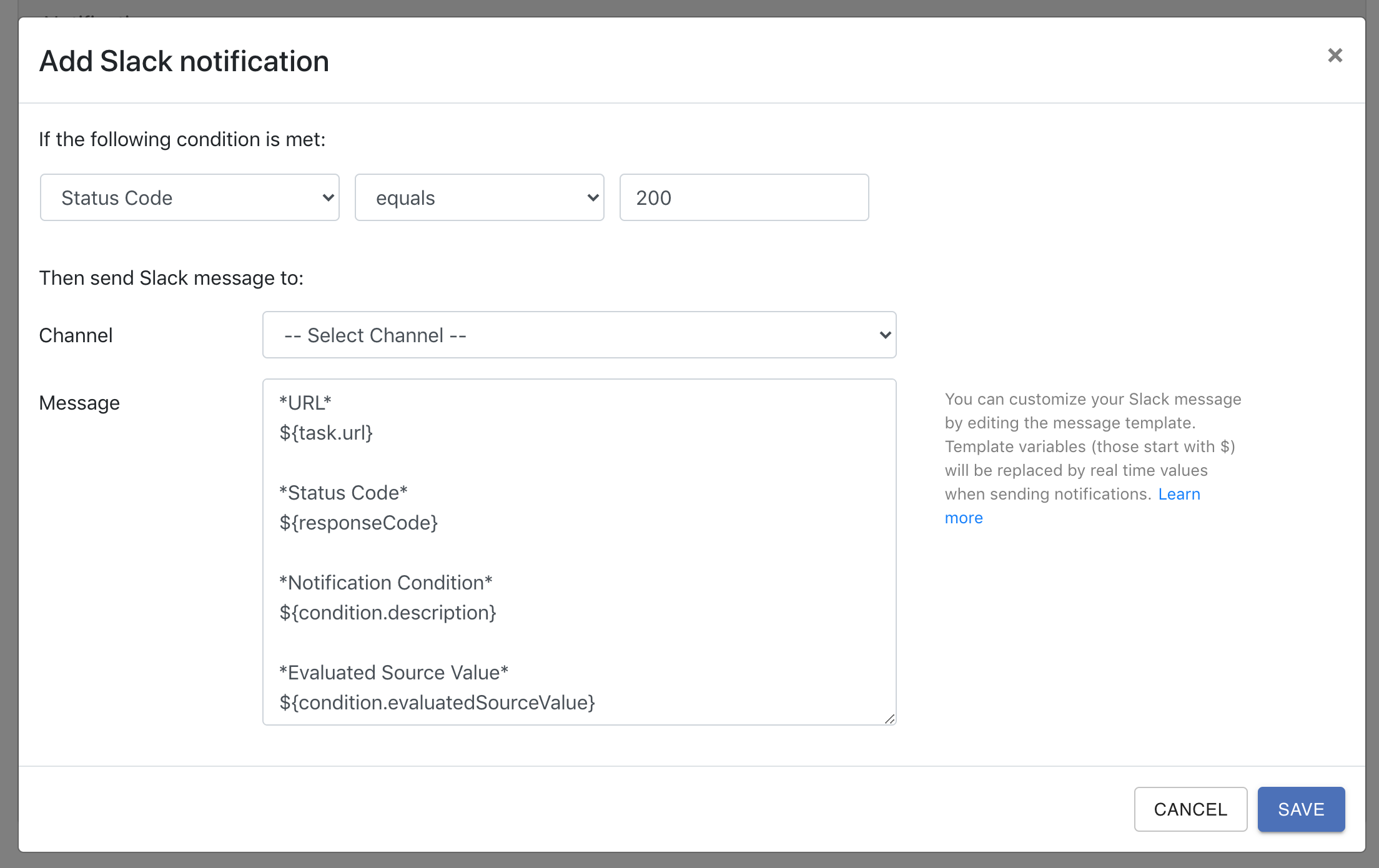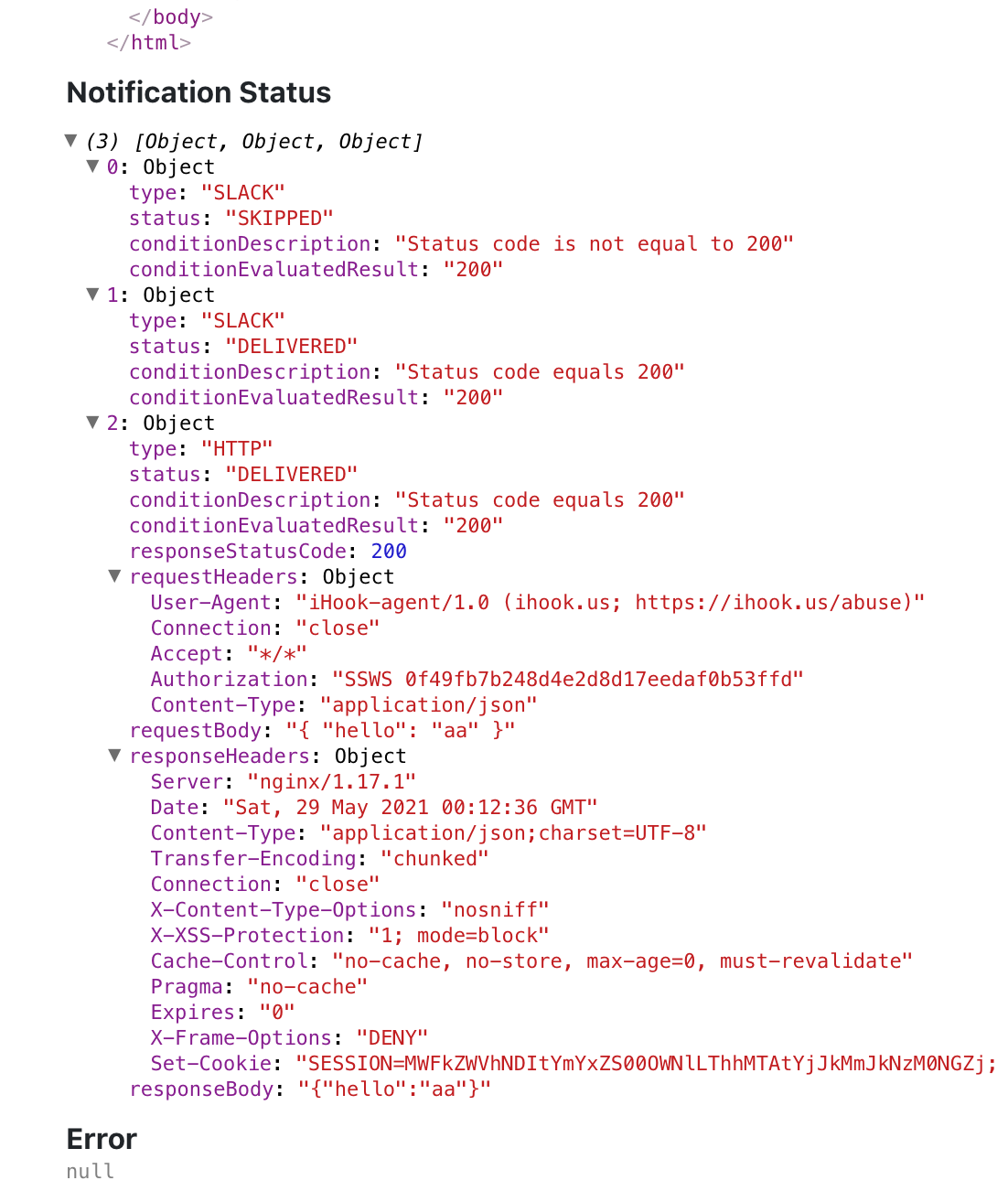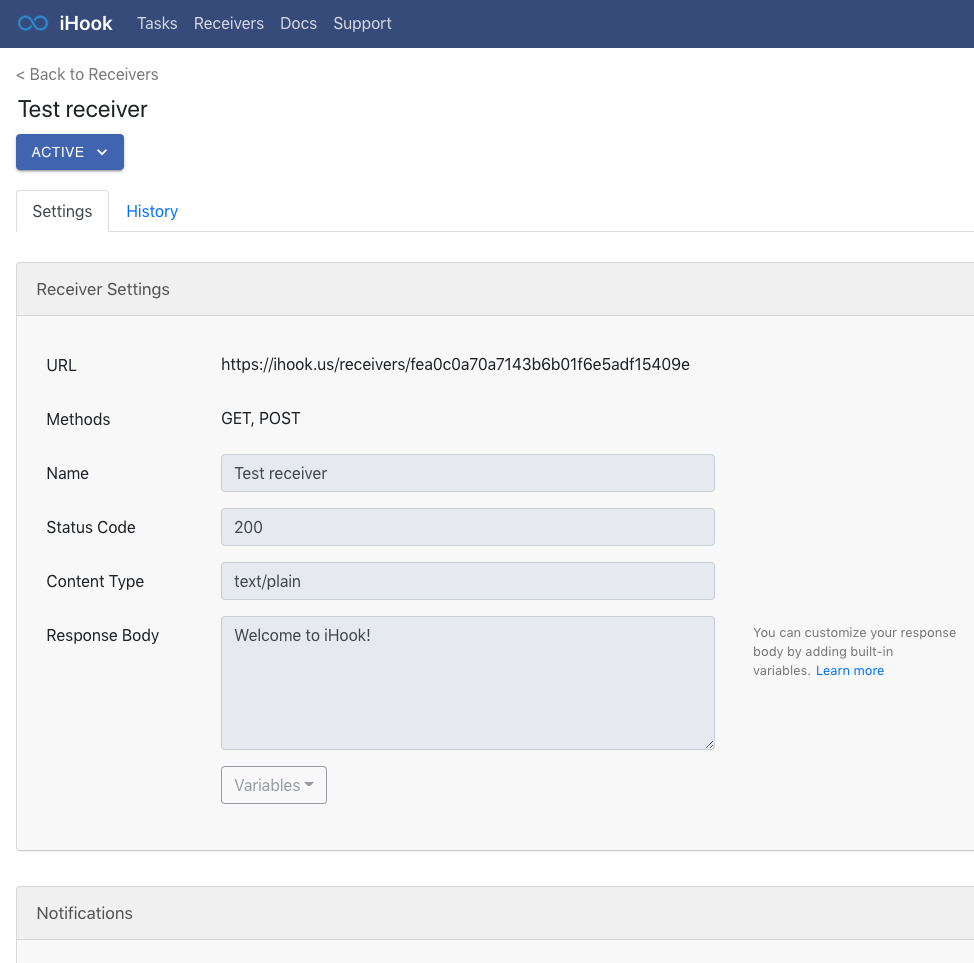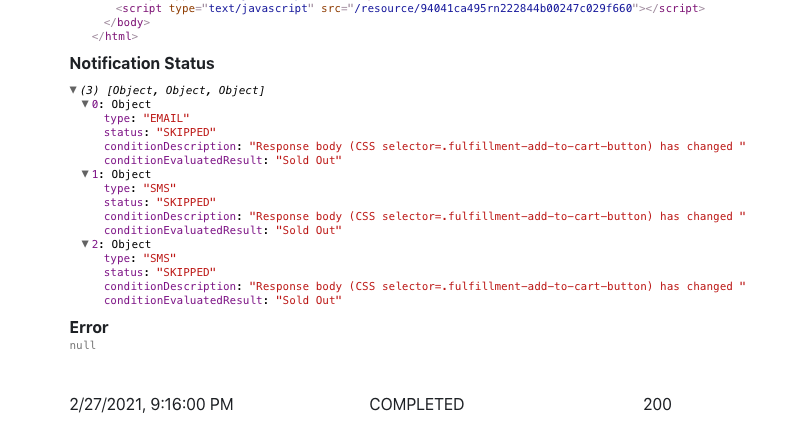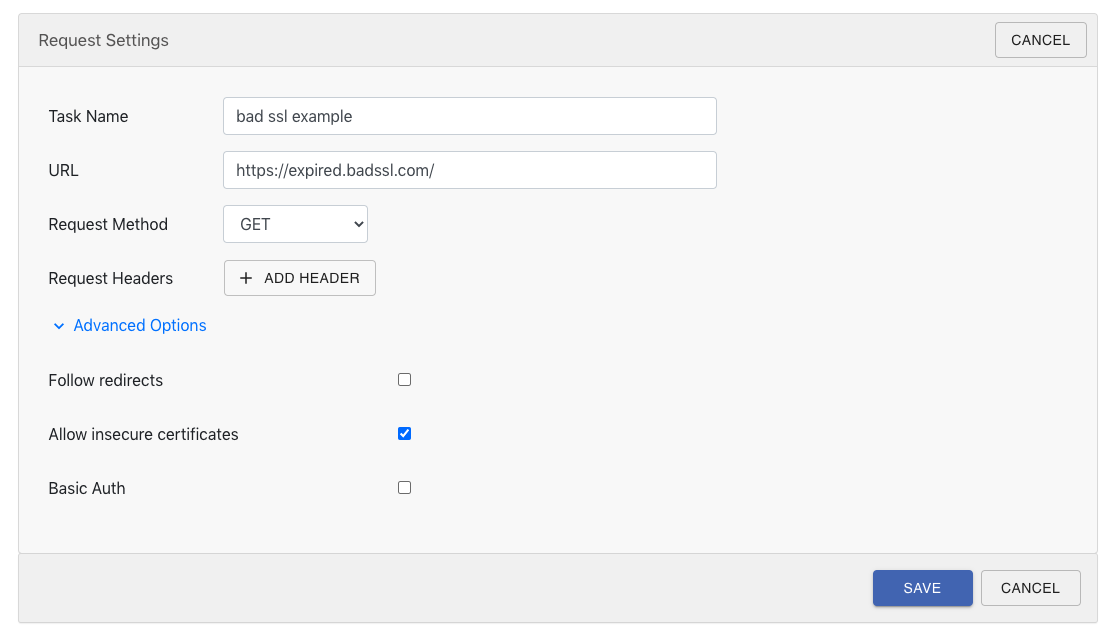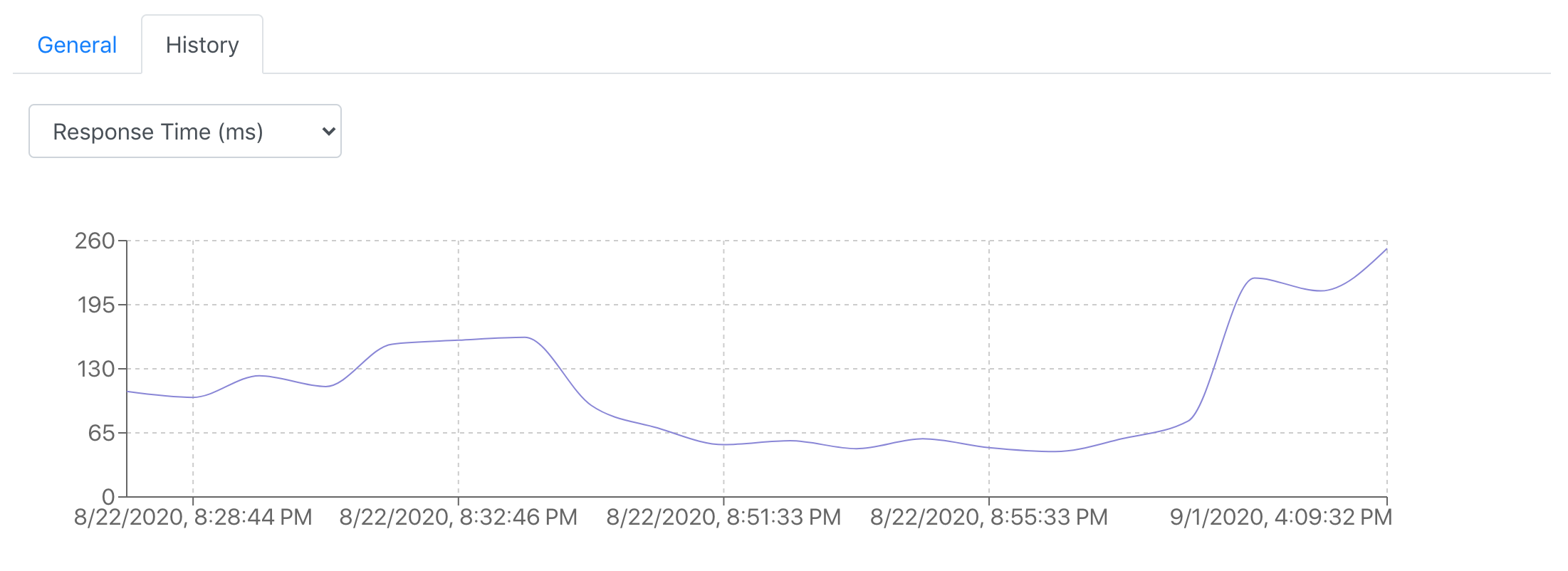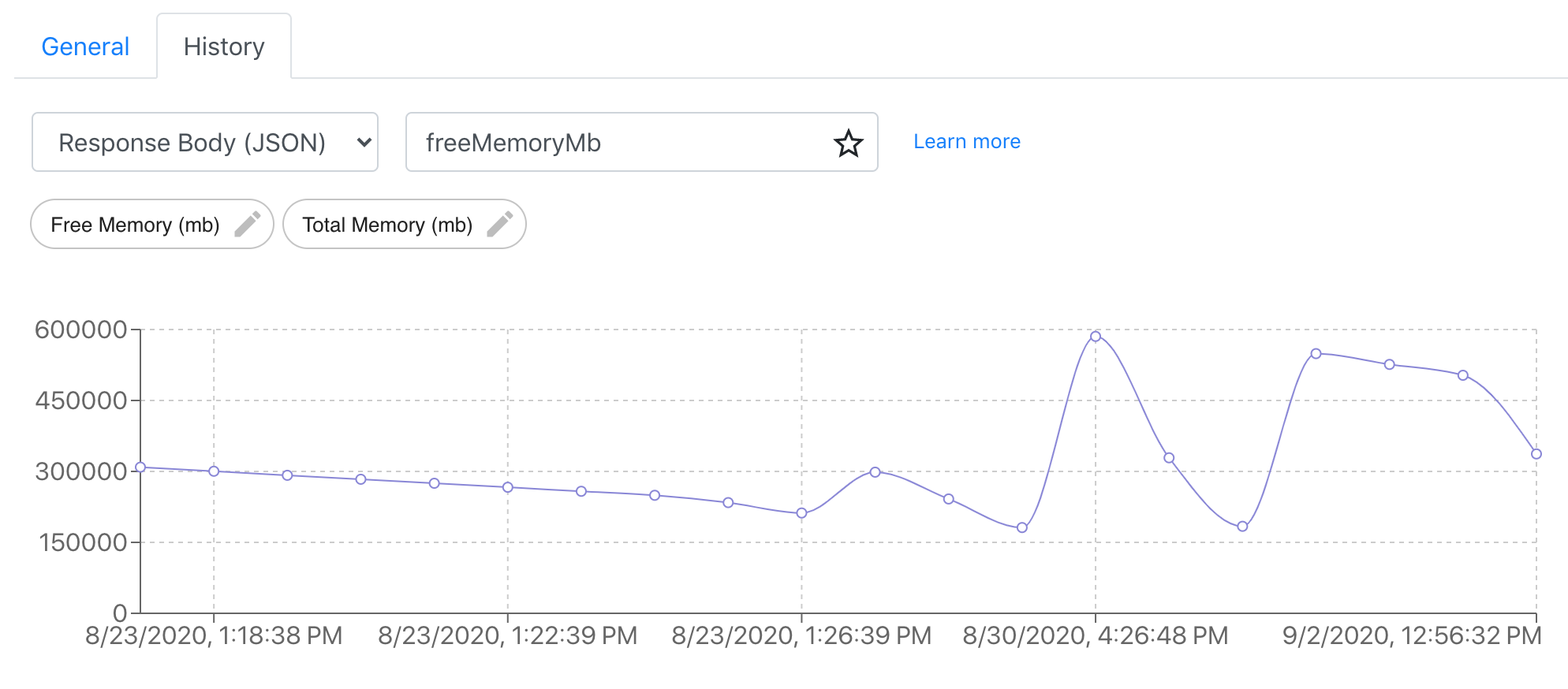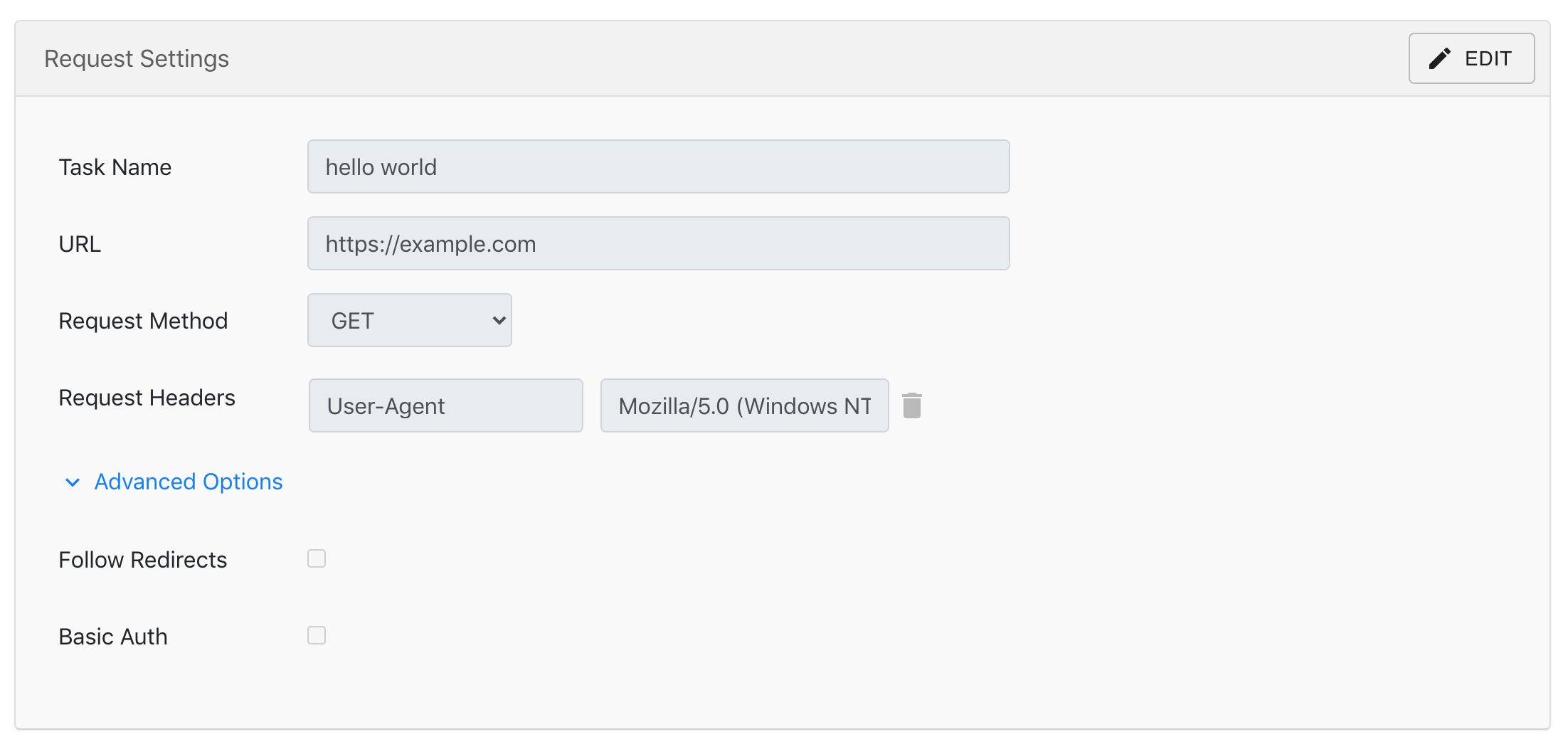July 2024 update
We are thrilled to announce a significant update to iHook, designed to enhance user experience and streamline your task scheduling and management processes. This update brings a set of new features and improvements that we believe will make your workflow smoother and more efficient. Here’s what’s new:
Helper for Cron Expression Explanation
One of the most requested features by our users is now available: a new helper that translates cron expressions into human-readable language. Cron expressions can often be confusing, especially for those who are not familiar with the syntax. With this new helper, you can simply input your cron expression, and it will provide an easy-to-understand explanation of what the expression means. This tool will help ensure that your scheduled tasks run exactly when you expect them to, reducing errors and enhancing productivity.

Support for 5-Field Cron Expressions
We have added support for 5-field cron expressions, which are widely used and familiar to many users. The 5-field format (minute, hour, day of the month, month, day of the week) is a common standard, and our support for this format makes it easier for users to create and manage their cron jobs without having to adjust to a different format. This update ensures compatibility and ease of use for those who rely on the traditional 5-field cron syntax.
For more information about how 5-field cron expression works, please see here.
Pruning of Non-Meaningful User-Created Tasks
To optimize system performance and reduce unnecessary clutter, iHook will now prune user-created tasks that are determined to be non-meaningful. For example, tasks that repeatedly make HTTP requests to sites like Facebook.com or Google.com without performing any significant actions or parsing will be deactivated. This is to help maintain a clean and efficient task management system, ensuring that only meaningful and productive tasks are executed.
Thank You
We believe these updates will significantly improve your experience with iHook, making it easier to create, understand, and manage your scheduled tasks. As always, we value your feedback and are committed to continuously enhancing our product to meet your needs.
Thank you for choosing iHook, and we look forward to bringing you more exciting updates in the future.
Happy Scheduling!

